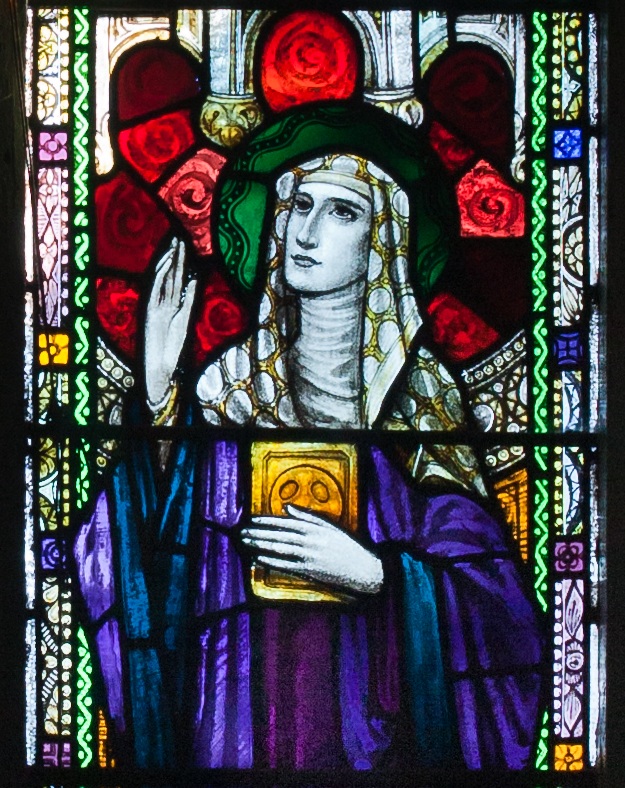|
St. Pulcherius
Saint Mochoemoc (or Pulcherius,, c. 550–656) was an early Irish abbot, later considered to have been a saint. He was a nephew of Saint Íte of Killeedy, who raised him. He became a monk in Bangor Abbey under the abbot Saint Comgall of Bangor, County Down, Bangor. He was the founding abbot of Liath-Mochoemoc (Liathmore Churches, Liathmore) monastery. His feast day is 13 March. Life Saint Mochoemoc or Pulcherius was born about 550 AD. His parents were a craftsman named Beoanus and Nesse, sister of Saint Íte of Killeedy. His father was born in Connemara in Connaught, and settled in Hui Conaill Gabhra in the south of County Limerick near Killeedy, where Saint Ita lived. It is said that Saint Fachtna of Ross Ailither was cured of an affection of his eyes by bathing them in the milk of Mochaemog's mother. He was brought up by Saint Ite, then at the age of 20 was sent to Bangor Abbey where he was further instructed by the abbot Saint Comgall of Bangor, County Down, Bangor. Mo ... [...More Info...] [...Related Items...] OR: [Wikipedia] [Google] [Baidu] |
Liathmore Churches
Liathmore Churches are two medieval churches forming a National Monument (Ireland), National Monument in County Tipperary, Ireland. Location Liathmore Churches are located 2.8 km (1.8 mi) east of Two-Mile Borris. History St Mochoemog (d. 655) founded the monastery here. There are two churches and the footings of a Irish round tower, round tower. The smaller church is the earlier and dates to the early medieval period; the larger church is late medieval and was begun in the 12th century, and contains a number of tombs. Building The Liathmore Sheela-na-gig, sheela-na-gig is located on the left hand side of a Romanesque architecture, Romanesque doorway belonging to the larger of the two churches. The larger church: nave is 41'4" x 18'8" (12.6 x 5.7 m), and the chancel 26'9" x 16'2" (8.2 x 4.9 m). It was originally a single-chamber church with anta (architecture), antae at the east end. The circular foundation proved to be the base of an Irish round tower. As there i ... [...More Info...] [...Related Items...] OR: [Wikipedia] [Google] [Baidu] |
